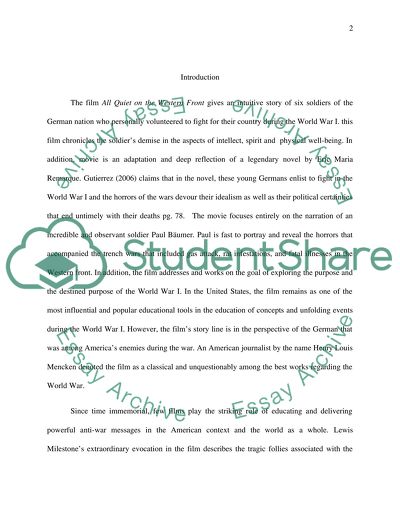Cite this document
(“Film analysis Essay Example | Topics and Well Written Essays - 1500 words”, n.d.)
Retrieved from https://studentshare.org/history/1469740-film-analysis
Retrieved from https://studentshare.org/history/1469740-film-analysis
(Film Analysis Essay Example | Topics and Well Written Essays - 1500 Words)
https://studentshare.org/history/1469740-film-analysis.
https://studentshare.org/history/1469740-film-analysis.
“Film Analysis Essay Example | Topics and Well Written Essays - 1500 Words”, n.d. https://studentshare.org/history/1469740-film-analysis.


